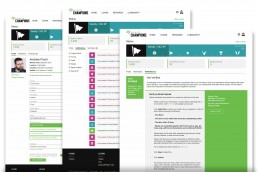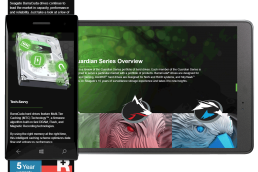INTEL RETAIL EDGE PROGRAM
Intel is the world’s largest processor producer, and any project Intel engages in needs a caliber of work that matches its scale. Intel Retail Edge Program (IREP) is a program that couples a continually maintained and fully customized Learning Management System with a robust rewards program. It has a membership of over 100,000 and is available to Retail Service Providers and their management teams worldwide. The program provides incredibly engaging content and a gamified perks system that is tailored to nearly every major geographic region around the globe.
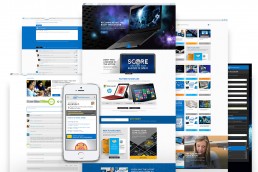
MY ROLE
During my over 5 years as a Senior Interactive Designer on this project, I had a chance to solve a multitude of challenges on a regular basis. These challenges ranged from simple single interaction elements to system-wide evaluations and implementation. I approached every feature, interaction, and content delivery method as a user advocate.
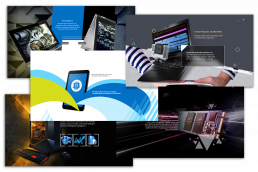
OBJECTIVES
In addition to contributing design elements to the portal itself, I actively created the learning content as well. We originally built all the modules in Flash, but eventually moved all content to standards-based development.
Some of the goals during my tenure were:
Provide novel interactions
Impart product knowledge
Grow membership
Success Indicating Metrics
User Engagement
Increased of interactive modules
User Benefit
Certification completion boost
Product Advocacy
Global membership increase
A CHALLENGE
Some of the largest challenges are to interpret and implement client visions while maintaining focus on user experience. Part of the job was conceptualizing and wireframing viable scenarios to help convey how user needs may be affected given the restraints or goals provided. Merging stakeholder requirements and program participant expectations was paramount to success.
Infographics were a considerable portion of the program’s content. I enjoyed creating these, because it allowed me to really focus on presenting information in concise yet entertaining ways.
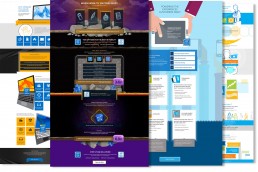
USER CENTERED DESIGN
As the program grew, our methods of collecting and analyzing user data evolved considerably. Luckily, there was a built in Forum that allowed for direct conversation and polling of the users themselves. Participation in higher level testing, such as A/B and Information Architecture mapping, was provided as a reward to more active members in some cases. This kind of data proved invaluable when creating personas or determining what features would be worth the resources to create and/or maintain.
ACTIVE MEMBERS
1,800,000
MODULES COMPLETED
4,700,000
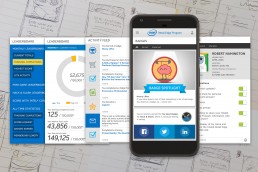
User Engagement
Efficiency & Productivity
Business & Strategic Impact
SEAGATE CHAMPIONS PORTAL
Seagate is one of the world’s leading data storage companies and I was excited to work with them as Lead Designer on this project. The client needed a Learning Management System that focused on giving sales associates the best tools and information to provide options to customers in need of data storage solutions. Members of any product provider can sign up and experience a fun and informative portal that delivers educational modules, data-filled sales sheets, relevant articles, and various other activities and tools.
Working with a well-known brand comes with its own set of challenges. Though they can sometimes be difficult to overcome, restraints lead to more focused deliverables.
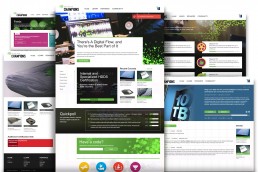
I designed nearly every aspect of the UI for this content delivery portal, from wireframes to finished product.
MY ROLE
I worked with project team leaders to fully consolidate and implement the design throughout, including information architecture, wireframing, spec definitions, imagery, and final layout. I worked closely with the development team during implementation and deployment. I have continued to consult and design for iterative updates, as well as entirely new features. This project included a new member advancement structure that helps gauge performance within the program. It involves a “experience point” leveling system that gives members a real sense of accomplishment through titles and badges. This system even allows some members (dependent on geography) to trade accumulated “bytes” for some pretty great swag. Fully responsive layouts were maintained throughout the portal as well as all learning materials and tools. Using the Foundation as a base, we created a solid and well documented design and development repository. This tool provides designers and developers with knowledge and assets, giving them more flexibility when dealing with challenges and devoting les time to repetitive tasks.
Users expected clear access and concise information. Account information was split in order to give the content some breathing room. Users felt less intimidated and therefore more apt to provide a more complete profile.
